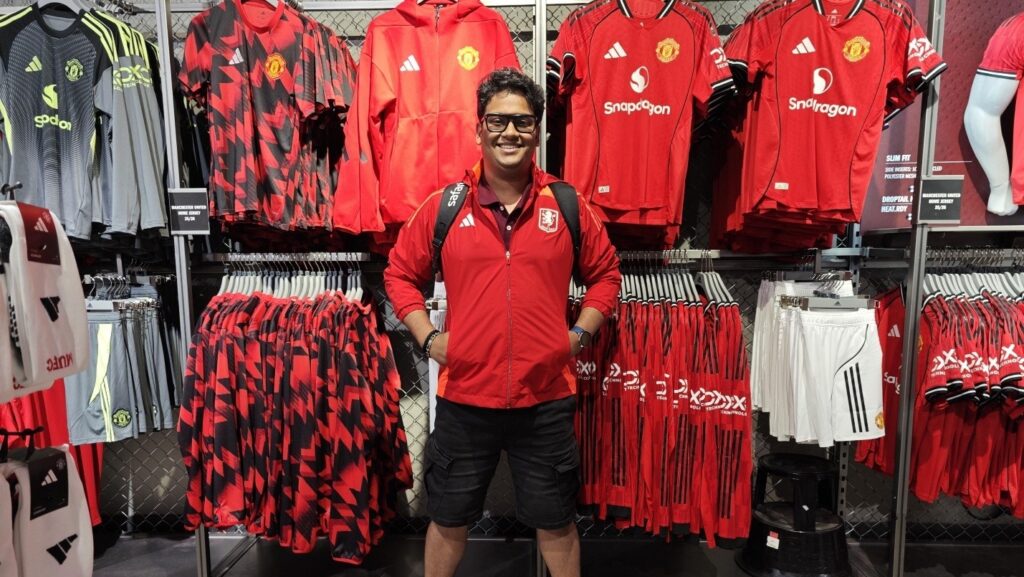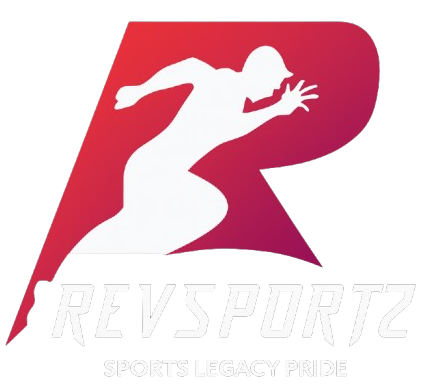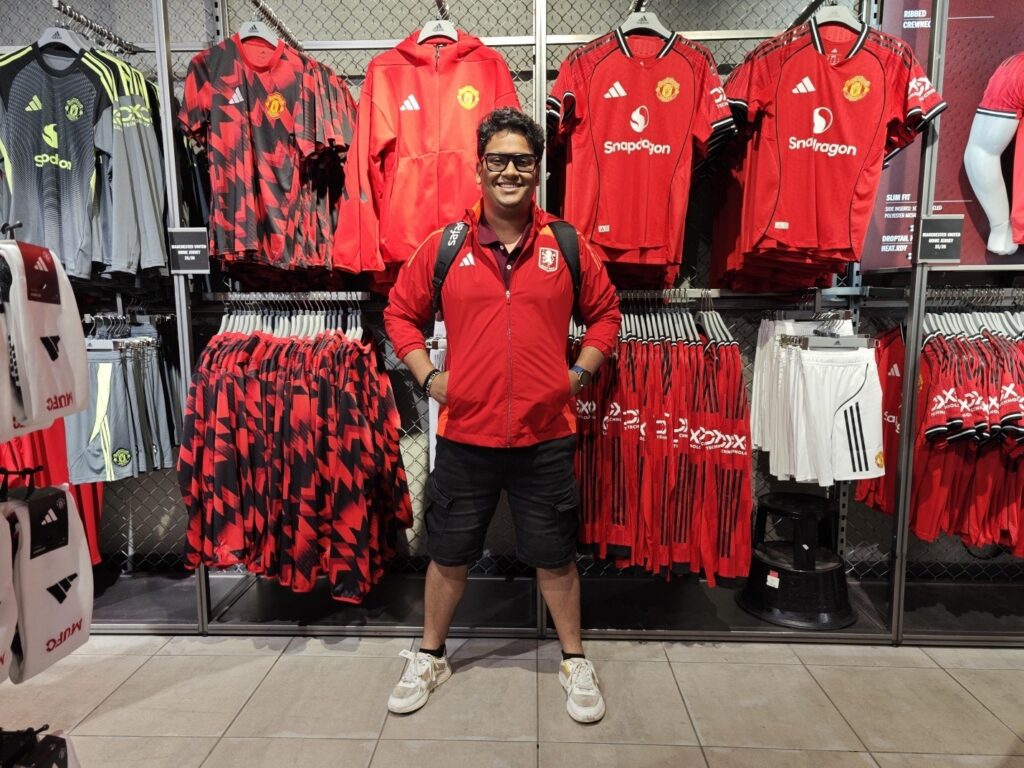
After spending a month and a half in England, there’s something I can’t shake off — a sight that’s become part of the everyday landscape here, whether you’re walking down Deansgate in Manchester or standing outside a club shop in Leeds: official club merchandise everywhere. From Premier League giants to non-league teams, every football and cricket club I’ve visited has its own dedicated space — a store, sometimes modest, often buzzing, always proudly dressed in club colours.
Over the past several weeks, I’ve had the chance to visit some iconic sporting locations — Old Trafford (both the football and cricket venues), Headingley, Edgbaston, Lord’s — all steeped in sporting history and all home to County Cricket Clubs. Alongside these, my football pilgrimage included stops at clubs like Aston Villa, Leeds United, Manchester United, and even further down the footballing pyramid — Bury FC and Brigg Town FC, a Step-6 side in the English non-league system.
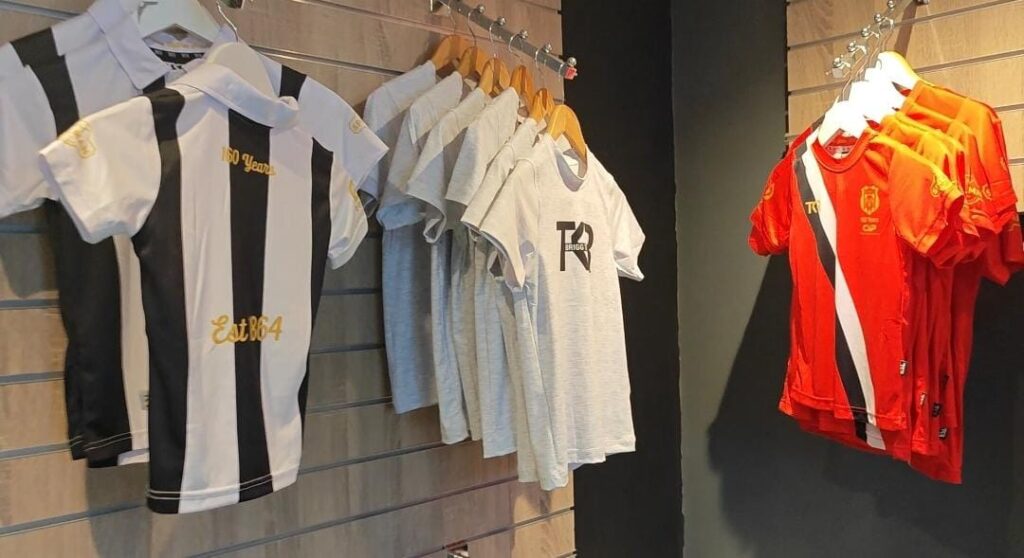
What struck me wasn’t just the scale of these clubs or the passion of their fans. It was how seamlessly integrated merchandise was into the fan experience. Jerseys, scarves, water bottles, jackets, caps, mugs, and even bedding – merchandise was more than just product, it was identity. Fans didn’t just support their clubs – they wore them. And it wasn’t exclusive to the top-flight clubs. Even at Brigg Town, a club in the 10th tier, there was a store with club merchandise, and fans proudly buying into that identity.
Also Read: From The Trafford to Mary Earps: A Walk Through United’s Living Legacy
Walk the streets of any English town and you’ll see this in action – people in the jerseys of Stockport County, Rochdale, Chesterfield. These aren’t fashion choices; they’re badges of belonging. It gives every supporter a sense of connection, a tangible link to the club’s history and future. And it’s not limited to football or cricket. At Headingley, the Leeds Rhinos rugby league team had a massive store that rivalled those of some Premier League clubs. The message was clear: the merchandise isn’t just a by-product of fandom – it’s a central pillar.
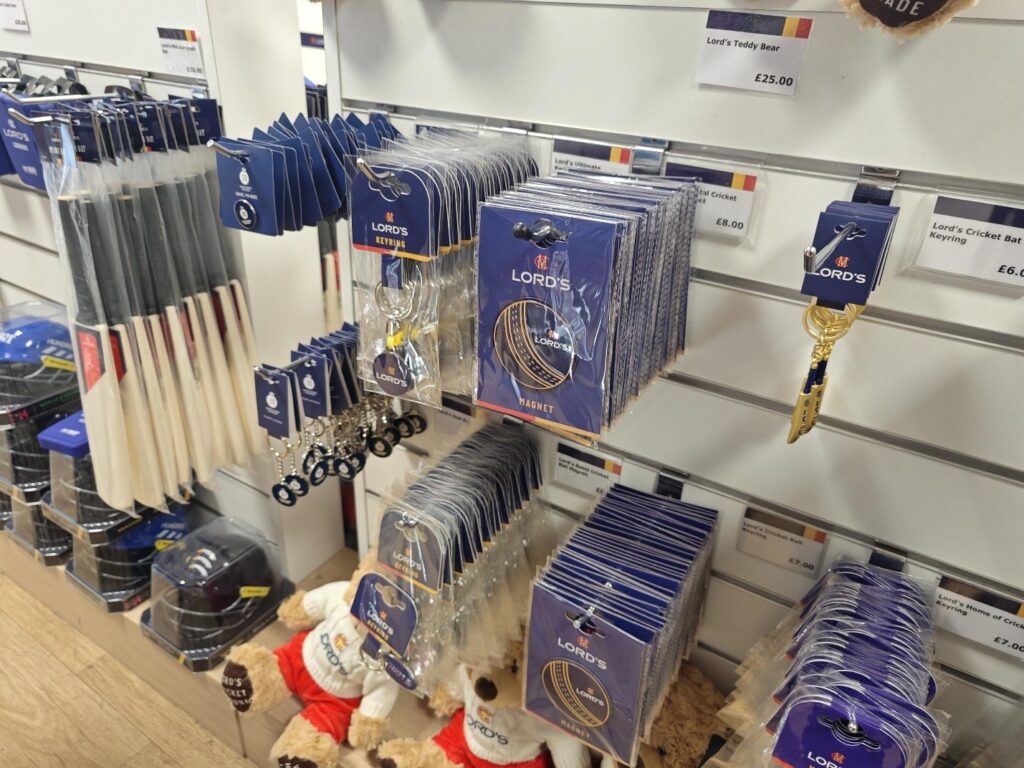
Comparison with Indian sporting scene
We have legacy football clubs in India – East Bengal, Mohun Bagan, Mohammedan Sporting – steeped in rich history and fierce loyalties. But can a fan walk into a club store to buy an official player-quality jersey? Not quite. Yes, Mohun Bagan shirts can be found at Skechers stores — their current kit sponsor — and Mohammedan jerseys are available via Six5Six’s website. But it’s not the same. There’s no club-run space to gather, browse, and feel a part of the ecosystem. No physical extension of the fan’s emotional connection to the club.
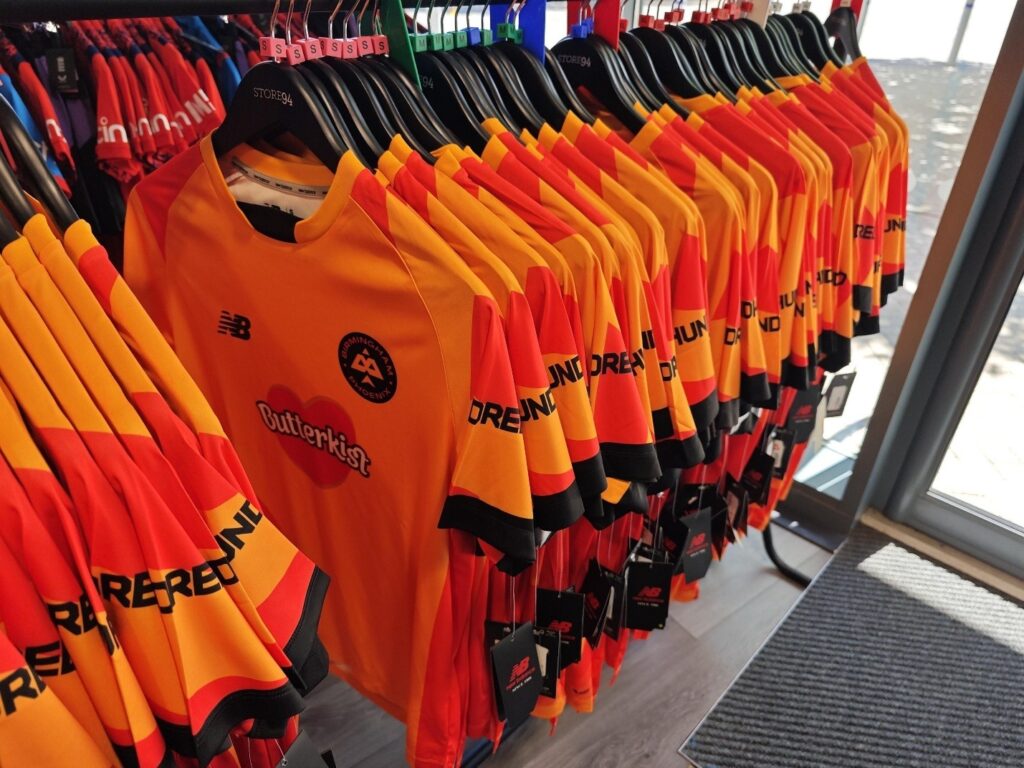
Why? Part of the problem is the cost. Official merchandise doesn’t come cheap. And in India, the counterfeit market is king – from Kolkata’s maidan stalls to first-copy Instagram stores, fans often opt for affordability over authenticity. The demand exists – we see it in the number of knockoffs floating around – but the infrastructure and vision to build a legitimate merchandising culture are still lacking.
Is it possible to change this? Can Indian clubs, across sports, build official merchandising ecosystems that fans want to be a part of?
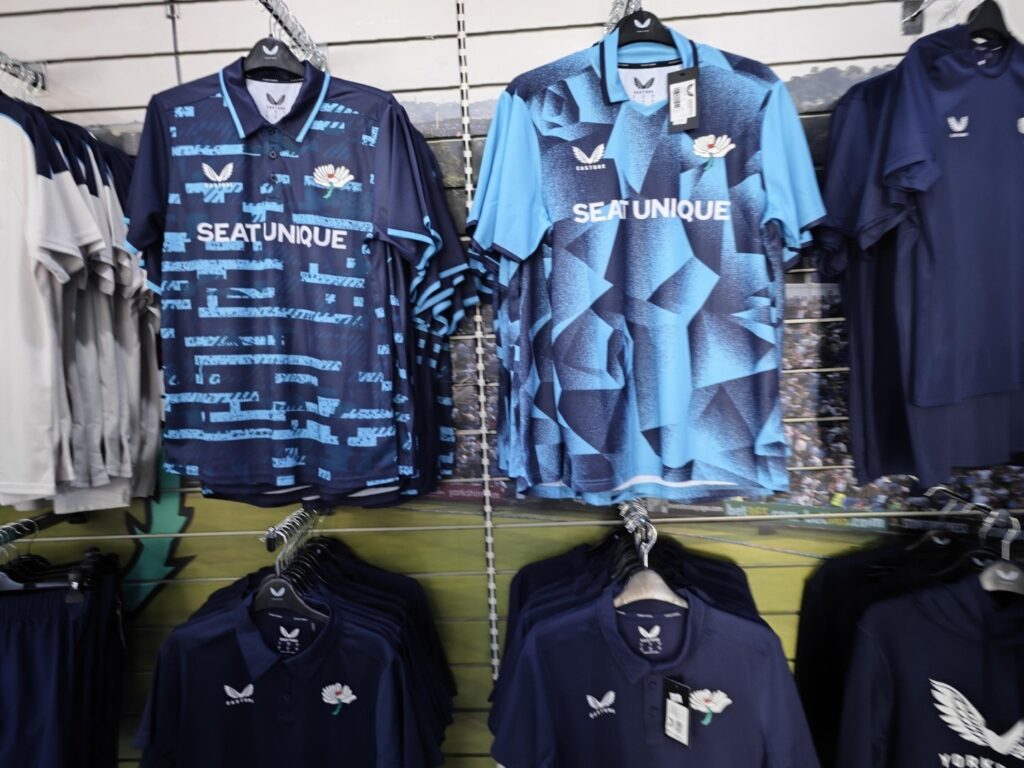
The truth is, we won’t know unless we try. It starts small – maybe a pop-up store at a matchday venue. These are seen at IPL games, though we’re not sure how many shirts get sold, or as a dedicated section within a local mall. It needs clubs to think of themselves not just as teams, but as brands that live beyond the pitch. It calls for strategic partnerships with manufacturers who can offer affordable yet quality products, and it definitely requires clubs to take ownership of their identity.
Merchandise is more than memorabilia. It’s belonging, identity, and community – something Indian sports fans already feel deeply, but don’t yet get to wear on their sleeves.
For more such stories, follow RevSportz


